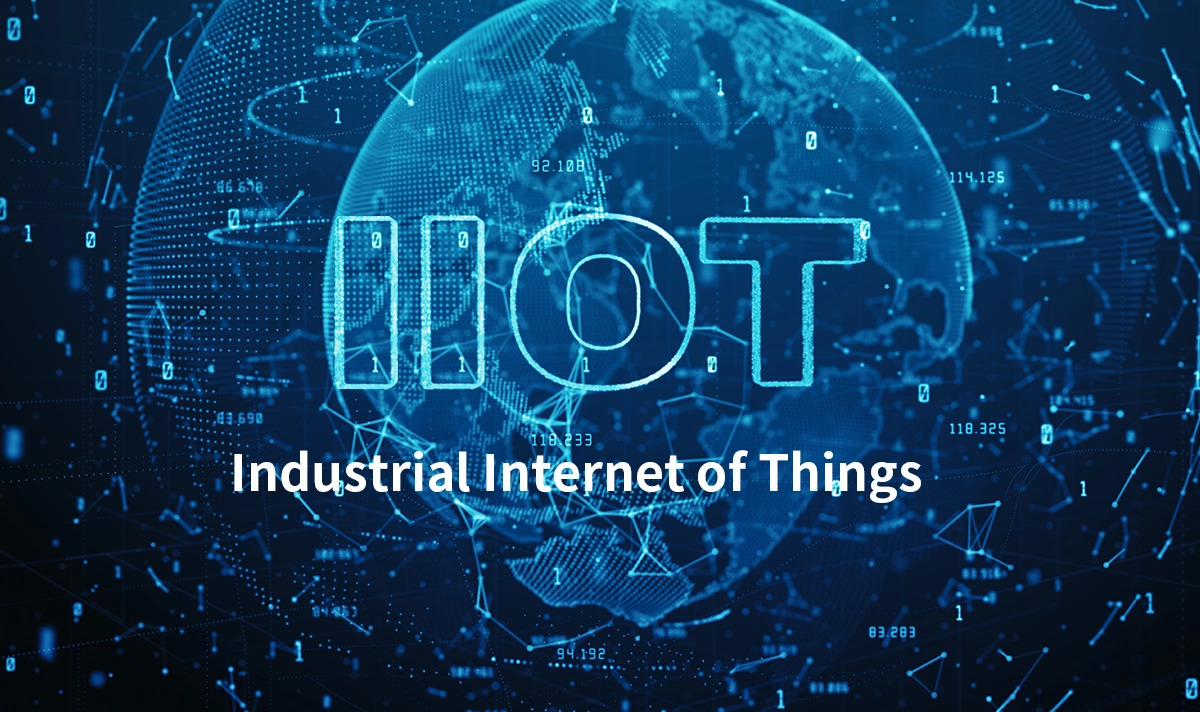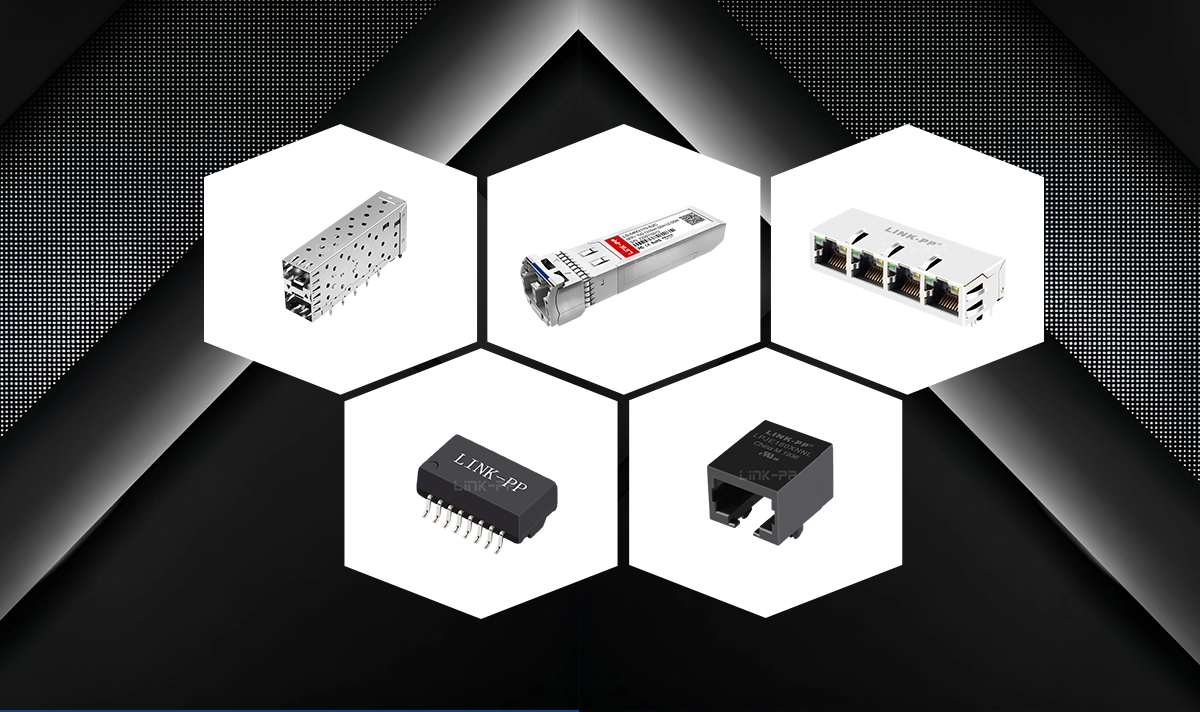
🔹 What Is IIoT?
The Industrial Internet of Things (IIoT) refers to the use of connected sensors, controllers, machines, gateways, and software platforms to monitor, optimize, and automate industrial processes. Unlike consumer IoT, IIoT emphasizes deterministic performance, robust reliability, strict cybersecurity, and seamless integration between operational technology (OT) and information technology (IT). It forms the technical foundation for modern smart factories, energy systems, logistics networks, and industrial automation.
🔹 Why IIoT Matters
IIoT enables organizations to transform raw machine data into operational insights, resulting in higher productivity, improved safety, reduced downtime, and lower energy consumption. Manufacturers, utilities, transportation companies, and industrial operators are adopting IIoT to deploy predictive maintenance, streamline operations, and build scalable digital infrastructure across their plants and remote assets.
🔹 Core IIoT Architecture
1. Edge Devices and Sensors
Industrial sensors—such as vibration, temperature, pressure, current, and flow—serve as the primary data sources. These components must meet industrial reliability, EMC resistance, ingress protection, and accurate time-stamping requirements. PLCs and embedded controllers process initial signals and enable real-time control loops.
2. Connectivity: Networks and Protocols
IIoT connectivity spans fieldbus systems, wired industrial Ethernet, and wireless backhaul. Common protocols include:
OPC UA for secure and structured industrial interoperability
MQTT for lightweight telemetry and publish/subscribe messaging
Modbus and legacy fieldbus for existing OT assets that require gateway integration
Deterministic latency, bandwidth, noise immunity, and security requirements determine protocol selection.
3. Edge Computing and Gateways
Gateways aggregate sensor data, perform filtering, run local analytics or edge AI, and manage communication with cloud or on-prem platforms. Edge computing minimizes latency, reduces bandwidth costs, and maintains operation even when remote connectivity is intermittent.
4. Platforms, Cloud, and Analytics
Central platforms—whether cloud-based or on-prem—collect time-series data, run predictive models, manage alarms, visualize dashboards, and integrate with enterprise systems such as MES, ERP, or CMMS. Hybrid architectures that combine local processing with cloud intelligence are increasingly common.
5. OT/IT Integration
Successful IIoT adoption requires collaboration between automation engineers, network architects, cybersecurity teams, and data specialists. Consistent data modeling, change control, and lifecycle management help ensure long-term stability across devices and applications.
🔹 Key IIoT Use Cases
● Predictive Maintenance
By analyzing equipment vibration, temperature, and load patterns, IIoT systems detect early signs of degradation and schedule maintenance before failures occur—significantly reducing unplanned downtime.
● Process Optimization and Quality Control
Real-time feedback loops allow manufacturing lines to adjust parameters automatically, improving yield, reducing scrap, and stabilizing product quality.
● Energy and Asset Management
IIoT continuously monitors energy consumption, power quality, and distributed energy resources, enabling organizations to reduce waste and optimize load distribution.
● Remote Monitoring and Fleet Telemetry
For remote sites—pumping stations, substations, offshore equipment, vehicle fleets—IIoT provides secure, continuous visibility without requiring on-site personnel.
🔹 Security and Resilience in IIoT
Security is a mandatory requirement in industrial deployments. Recommended practices include:
Strong device identity and hardware-based trust anchors
Signed firmware and authenticated update mechanisms
Network segmentation and industrial DMZ architectures
Encrypted communication and key rotation
Continuous monitoring with anomaly detection tailored for industrial behavior
A defense-in-depth strategy minimizes operational risk and protects both OT and IT environments.
🔹 IIoT Protocols and Interoperability
OPC UA provides standardized data models and secure communication for machine-to-machine and machine-to-cloud connectivity.
MQTT enables efficient telemetry transmission in low-bandwidth or high-latency environments.
Modbus/Fieldbus systems remain prevalent in legacy assets; gateways translate their data into modern IIoT schemas.
Interoperability ensures scalability and future-proofing when integrating new equipment across multi-vendor environments.
🔹 Hardware and Physical Layer Requirements for IIoT

IIoT reliability depends on industrial-grade networking components that support stable signaling, EMI suppression, and wide operating temperatures. LINK-PP provides hardware solutions suitable for IIoT gateways, industrial switches, and edge devices:
Integrated RJ45 Connectors
Designed for robust industrial Ethernet with enhanced magnetic performance and EMC immunity. Ideal for PLCs, gateways, and industrial controllers.SFP / SFP+ Optical Transceivers
Used for fiber uplinks in electrically noisy or long-distance industrial environments. LINK-PP’s 10G SFP+ modules support stable, low-latency communication for IIoT backhaul and industrial networking.Discrete LAN Magnetics
Provide isolation, common-mode noise suppression, and signal integrity for Ethernet PHY interfaces in harsh industrial sites.
Selecting components that comply with IEEE, MSA, and industrial environmental standards ensures long-term stability in production deployments.
🔹 Deployment Best Practices
Start with Clear Data Requirements
Define required sampling intervals, acceptable latency, and KPIs. Map assets and prioritize high-impact areas such as rotating equipment or energy-intensive processes.
Use Hybrid Edge/Cloud Approaches
Retain real-time control at the edge while leveraging large-scale analytics and storage in the cloud.
Prioritize Lifecycle Maintenance
Ensure device updates, patch management, hardware replacement cycles, and supply-chain continuity are defined from the start to prevent operational risk.
🔹 KPIs for Measuring IIoT Success
Reduction in unplanned downtime
Improvements in MTTR and maintenance efficiency
Yield and throughput increases
Energy consumption reduction
Long-term ROI across equipment lifecycle
These metrics demonstrate the tangible value of IIoT modernization.


